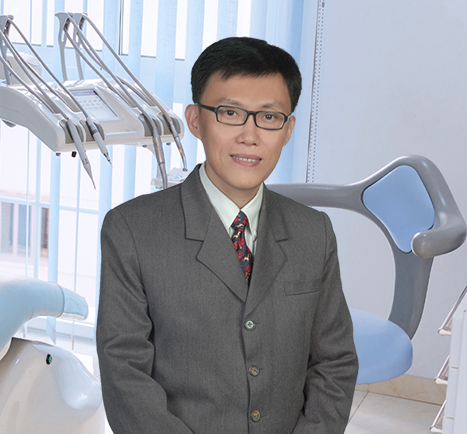
Dr Tan Kok Liang
Certified Specialist in Orthodontics (Dental Braces)
BDS, MSc (Orthodontics), DOrth RCS (Edinburgh)
Orthodontic treatment can improve smiles and oral health at any age. While both children and adults can benefit from braces or aligners, their treatment plans often differ due to factors such as growth, bone structure, and lifestyle. Understanding these differences can help individuals and families make informed decisions about care.
Orthodontics for All Ages
The primary goal of orthodontic treatment is to correct bite problems and misaligned teeth and jaws (malocclusions). This treatment can help restore function, improve oral health, and boost self-confidence. However, there are some common misconceptions about who could benefit from braces or similar treatments.
Many people believe that braces are only suitable for children and teenagers, but adults can also achieve excellent results with orthodontic interventions. Advancements in orthodontic technology have made it easier and more convenient for adults to undergo treatment.
Adults often consider braces as a viable teeth-straightening solution for several reasons, such as financial constraints during their youth or long-term dental problems.
Difference Between Children and Adult Orthodontics
While both age groups can benefit from orthodontic treatments, the approach to the procedure can differ based on a few primary factors. These include:
Jaw and Tooth Structure
One of the most significant distinctions in orthodontics for children and adults is the stage of jaw and tooth development.
- Children A child's teeth and jaw are still developing, making it easier to guide growth and alignment using braces or other orthodontic appliances.
- Adults In adults, the jaw has stopped growing, and the bone is denser. This may mean slower tooth movement or, in some cases, the need for additional procedures to achieve desired outcomes.
Appliance Options and Aesthetic Preferences
The choice of orthodontic appliances depends on the patient's age, lifestyle, and aesthetic preferences.
- Children For children, the most common orthodontic appliance is traditional metal braces since they are durable and more affordable. Many children enjoy personalising their braces with colourful bands.
- Adults Adults often prefer more discreet options such as ceramic braces, lingual braces (placed behind the teeth), or clear aligners, especially in professional or social settings.
Treatment Duration and Complexity
The duration and complexity of the orthodontic treatment may vary between children and adults due to physiological differences and existing dental conditions.
- Children Children typically experience shorter orthodontic treatment times—about 18 to 24 months to complete—since their bones and jaws are still growing and more malleable.
- Adults For adults, the orthodontic treatment time may take longer—ranging from 24 to 36 months—due to bone density issues or potential complications from previous dental procedures.
Compliance and Lifestyle Factors
Adhering to orthodontic guidelines is crucial to the success of the treatment. However, compliance levels may differ between children and adults.
- Children Children may need reminders and parental support to follow dietary guidelines, maintain good oral hygiene, and attend regular appointments.
- Adults Adults tend to be more consistent with care routines, often motivated by long-term dental health or cosmetic goals. Their ability to follow instructions closely can contribute to treatment success.
Tailoring Treatment to Age-Specific Needs
Whether seeking aesthetic enhancements or functional improvements, orthodontic treatments provide a wide range of benefits for both children and adults. While there might be some differences in the treatment approach, individuals can still achieve beautifully aligned smiles and improved overall oral health.
It is never too late to address overcrowding or misaligned teeth. Call our clinic at 6235 6325 to schedule a smile consultation with our orthodontist and explore the best options for your oral health needs.



